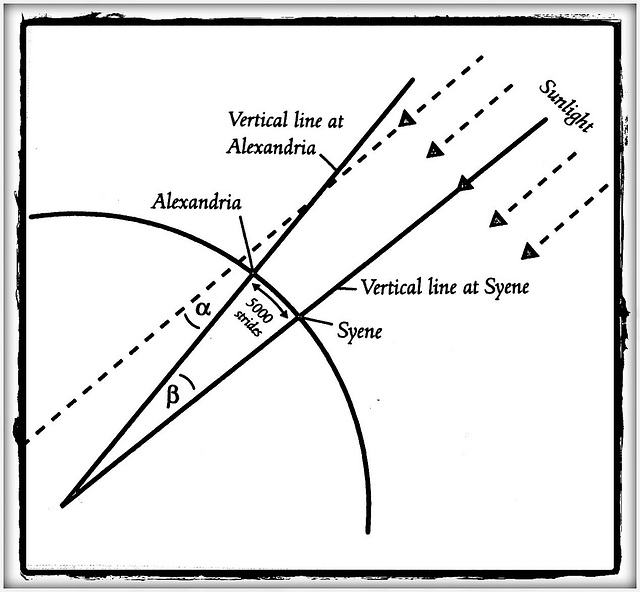"The Mystery of Consciousness"
Karl Marx
Thomas Hobbes 1588-1679
Arthur Schopenhauer
Words
Future of PC
Ouch! ... It's cold
Grass
Grass
Downtown
Chrysler
Ford
Chevrolet
Brush
.............? 1930
Ford Victoria 1951
Lincoln 1962
Chevy Impala 1958
Studebaker 1960
Ubiquitous
J.Krishnamurthi & physicist David Bohm ~ 1984
Bring me the sunset in a cup
One evening
Twilight
Autumn Moon
"A Premier of the Daily Round"
One leaf on a branch
Walking alone In Dead of Winter
The Lane
January morning
Snowy woods
On ice
A Cardinal
No answer came
High places
Dreams in the dusk
Any morning
Keywords
Authorizations, license
-
Visible by: Everyone -
All rights reserved
-
110 visits
- Keyboard shortcuts:
Jump to top
RSS feed- Latest comments - Subscribe to the comment feeds of this photo
- ipernity © 2007-2024
- Help & Contact
|
Club news
|
About ipernity
|
History |
ipernity Club & Prices |
Guide of good conduct
Donate | Group guidelines | Privacy policy | Terms of use | Statutes | In memoria -
Facebook
Twitter



If the sun is directly overhead at Syene on the solstice, then the simultaneous angle of the sun’s shadow back at Alexandria, α, must by definition be same as the angle β between two lines drawn from the earth’s center to Syene and Alexandria. If angle β is known, and we know that the complete circumference of the circle contains 360 degrees (a convention borrowed by the Greeks from the Babylonians), then we can set up a simple proposition:
Angle β / 360 = Linear distance from Syene to Alexandria / Circumference of the earth
Eratosthenes took the distance from Syene to Alexandria to be 5,040 stades (a stade was an ancient unit of measure approximately equal to 600 modern feet). Using some vertically plump object at Alexandria on the day of the solstice, he measured the angle α, and therefore angle β, at 7.2 degrees. Knowing three of the terms in the quation above, he was then in a position to calculate the final term, the circumference of the earth. His final result, 252,000 stades, works out to 24,662.2 miles – just under 1 percent shy of the modern polar measurement of about 24,859.8 miles.
Sign-in to write a comment.